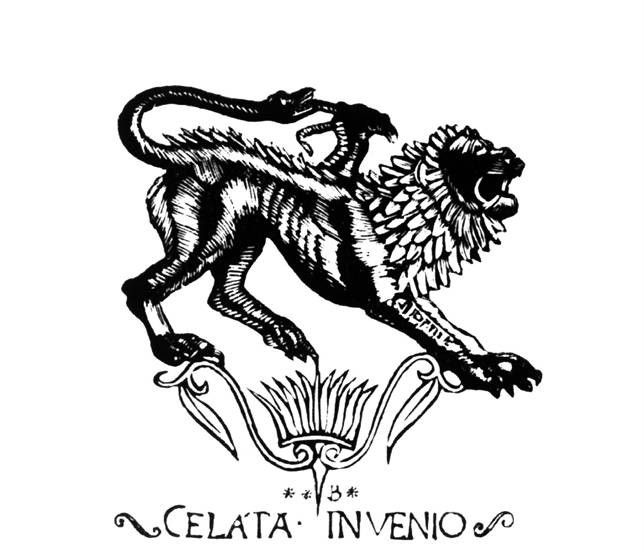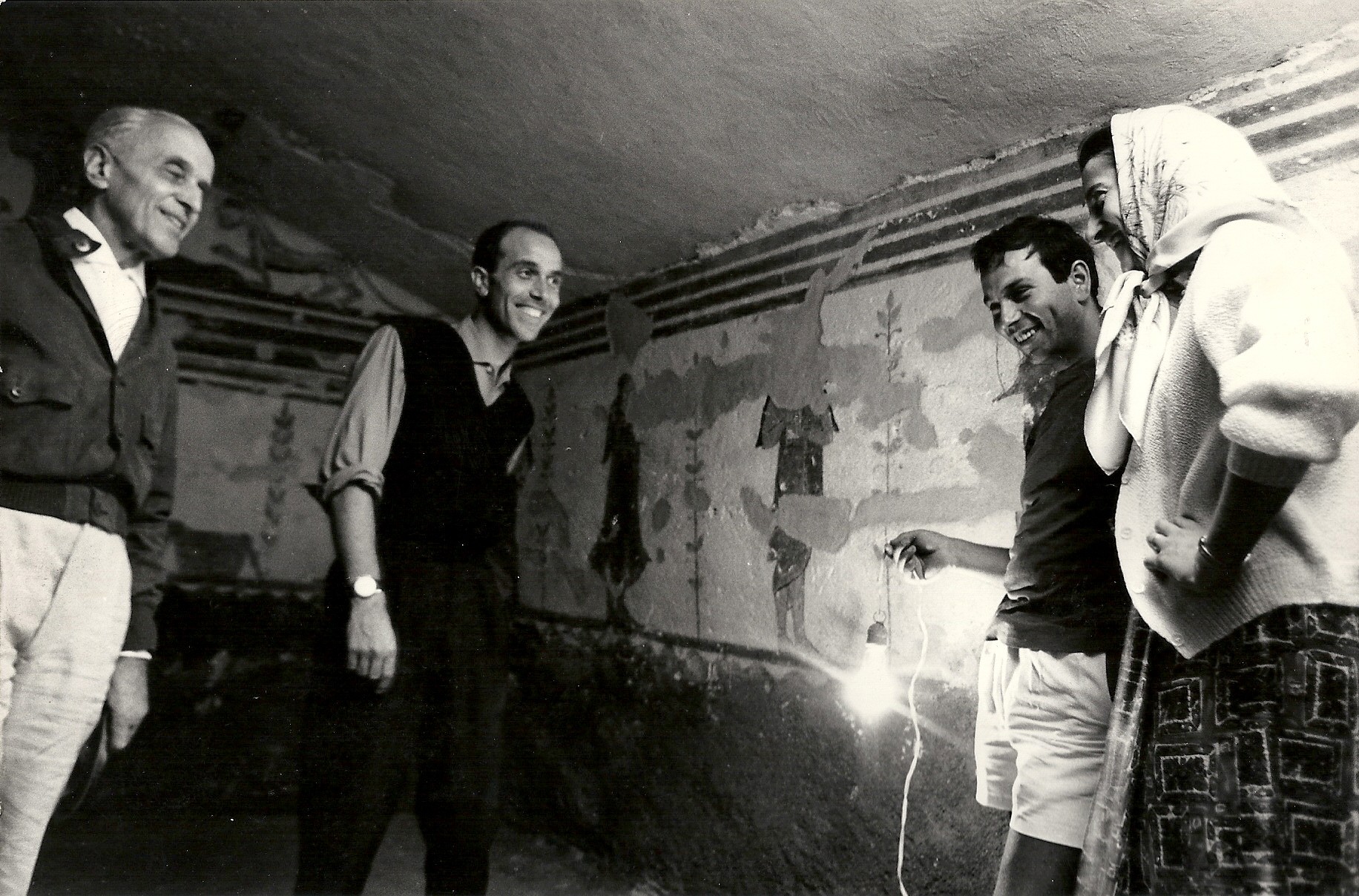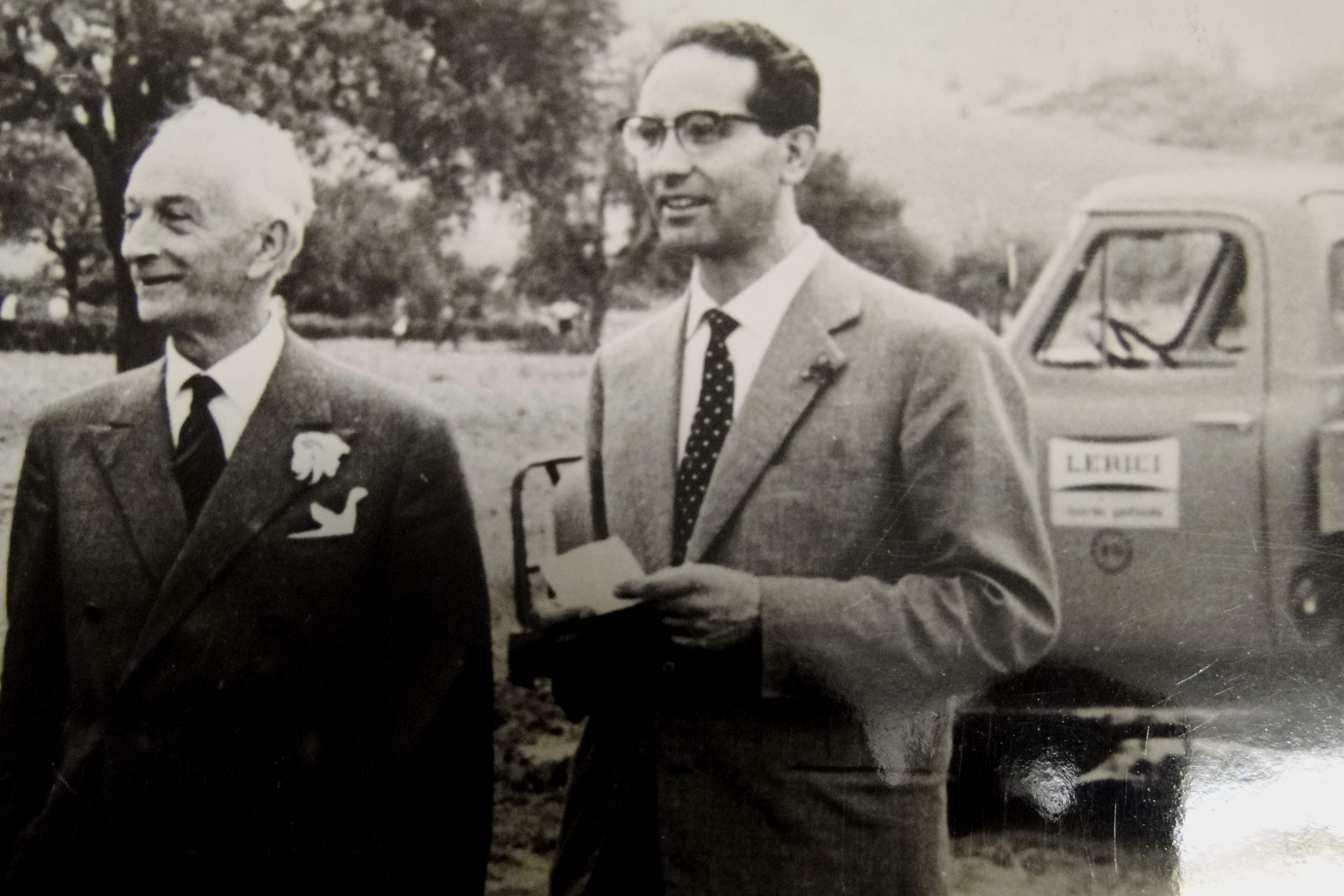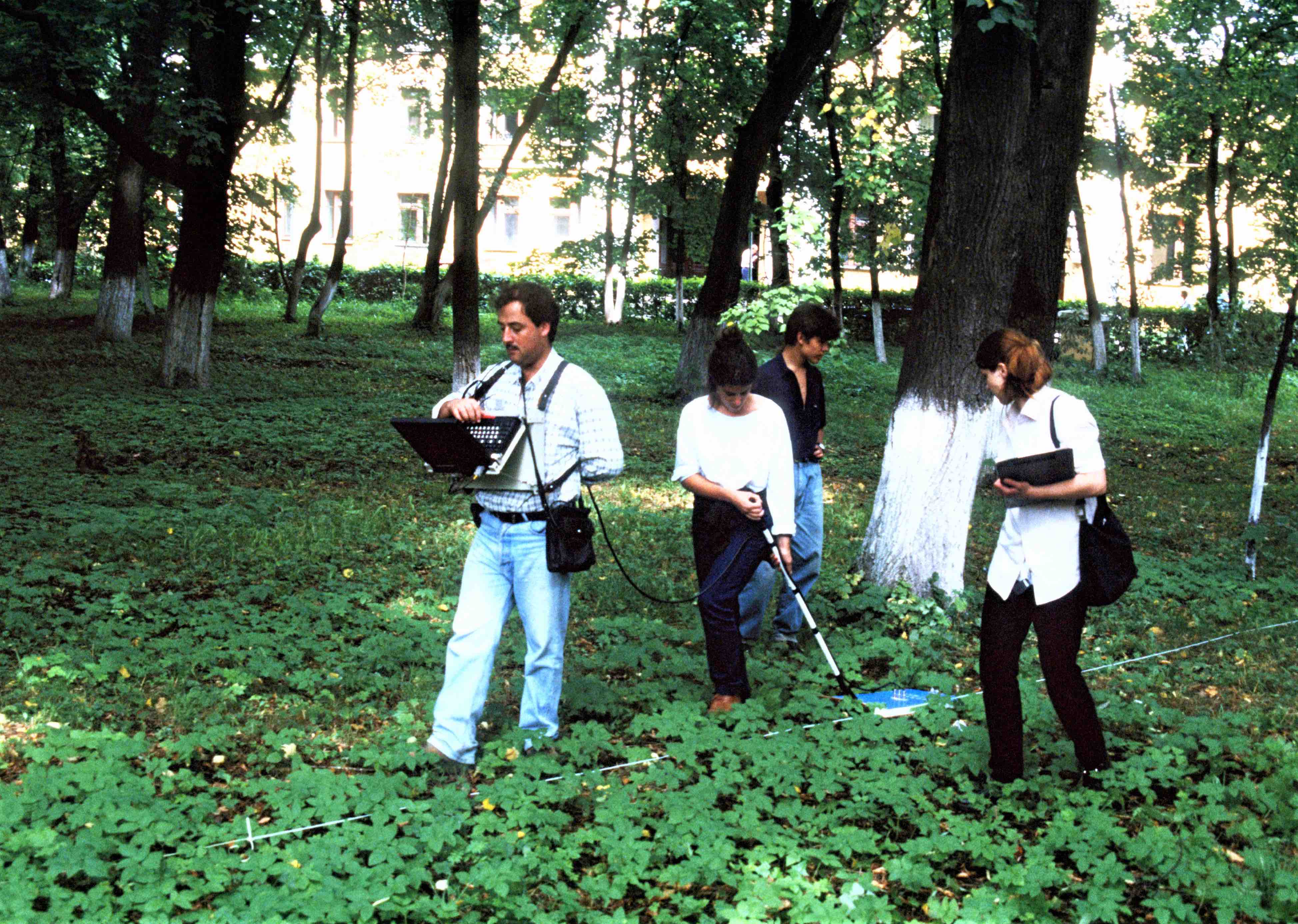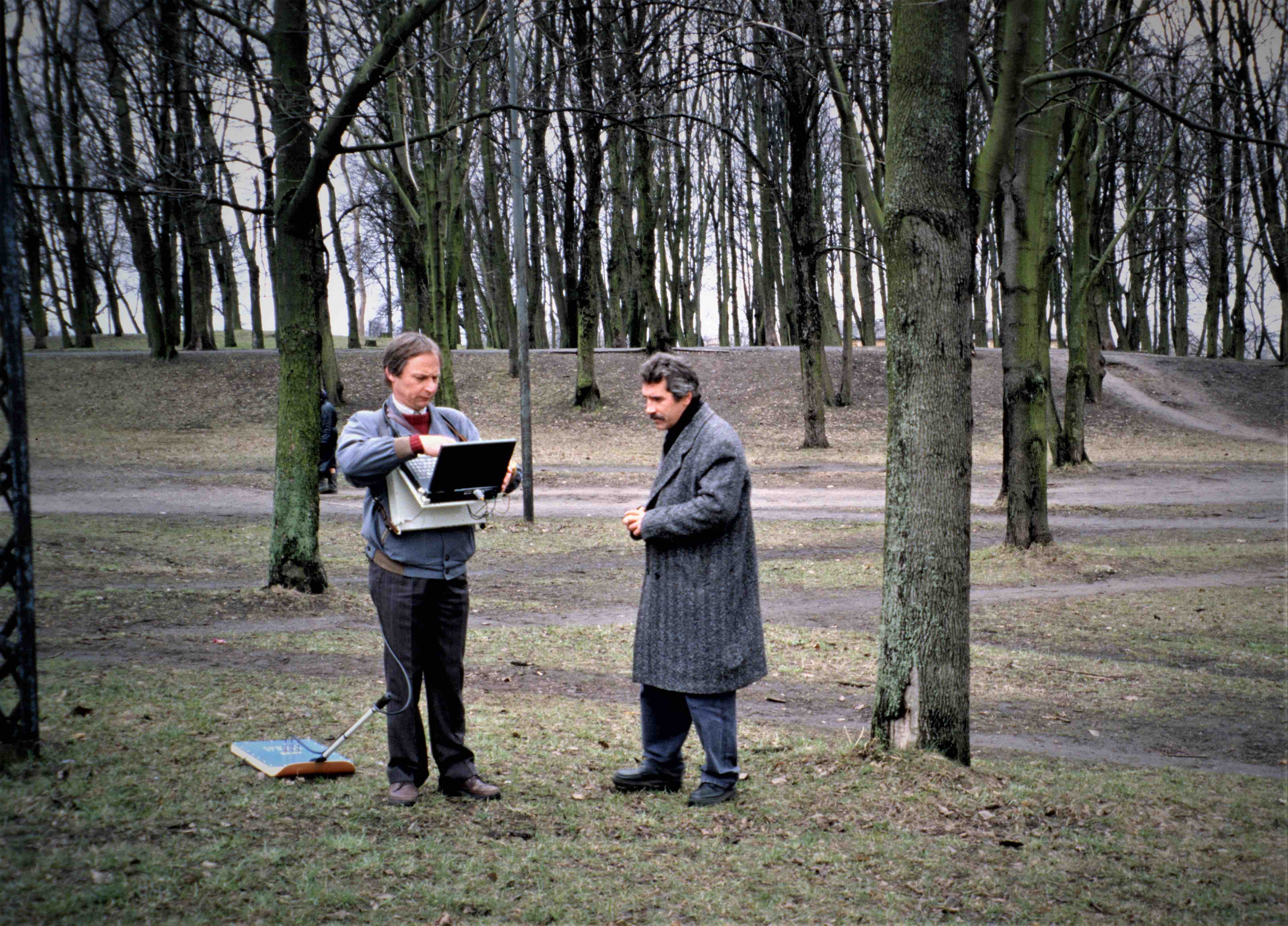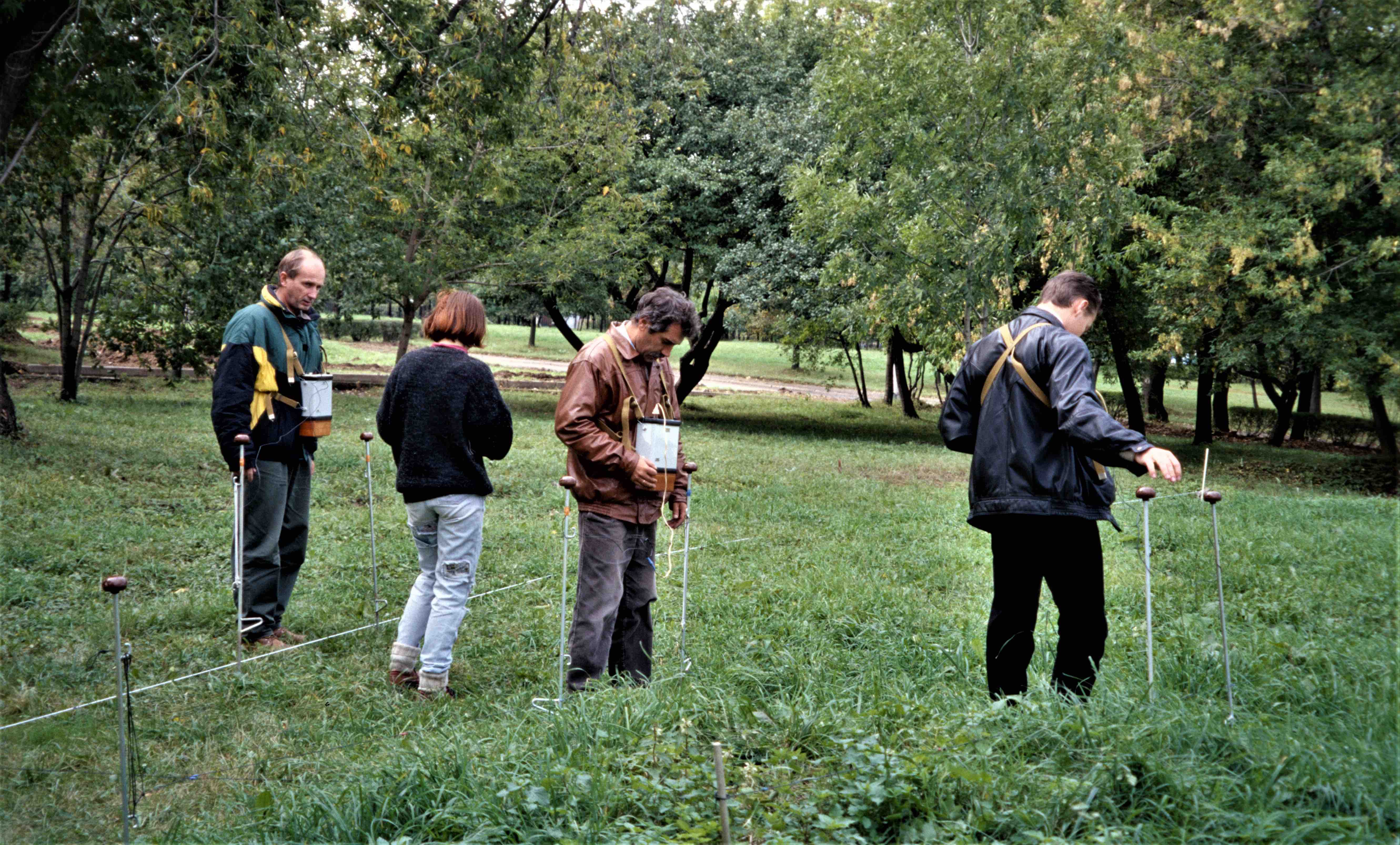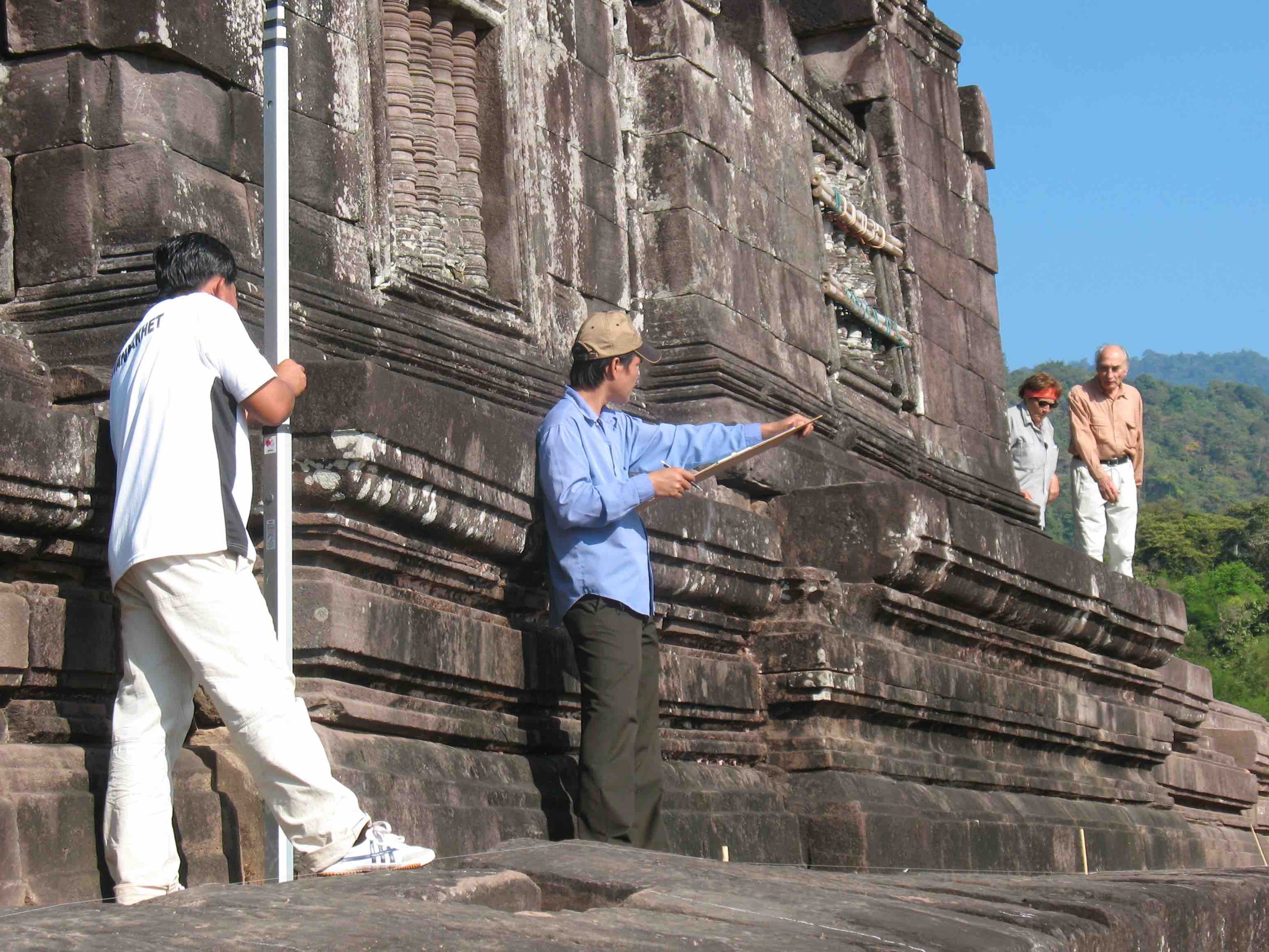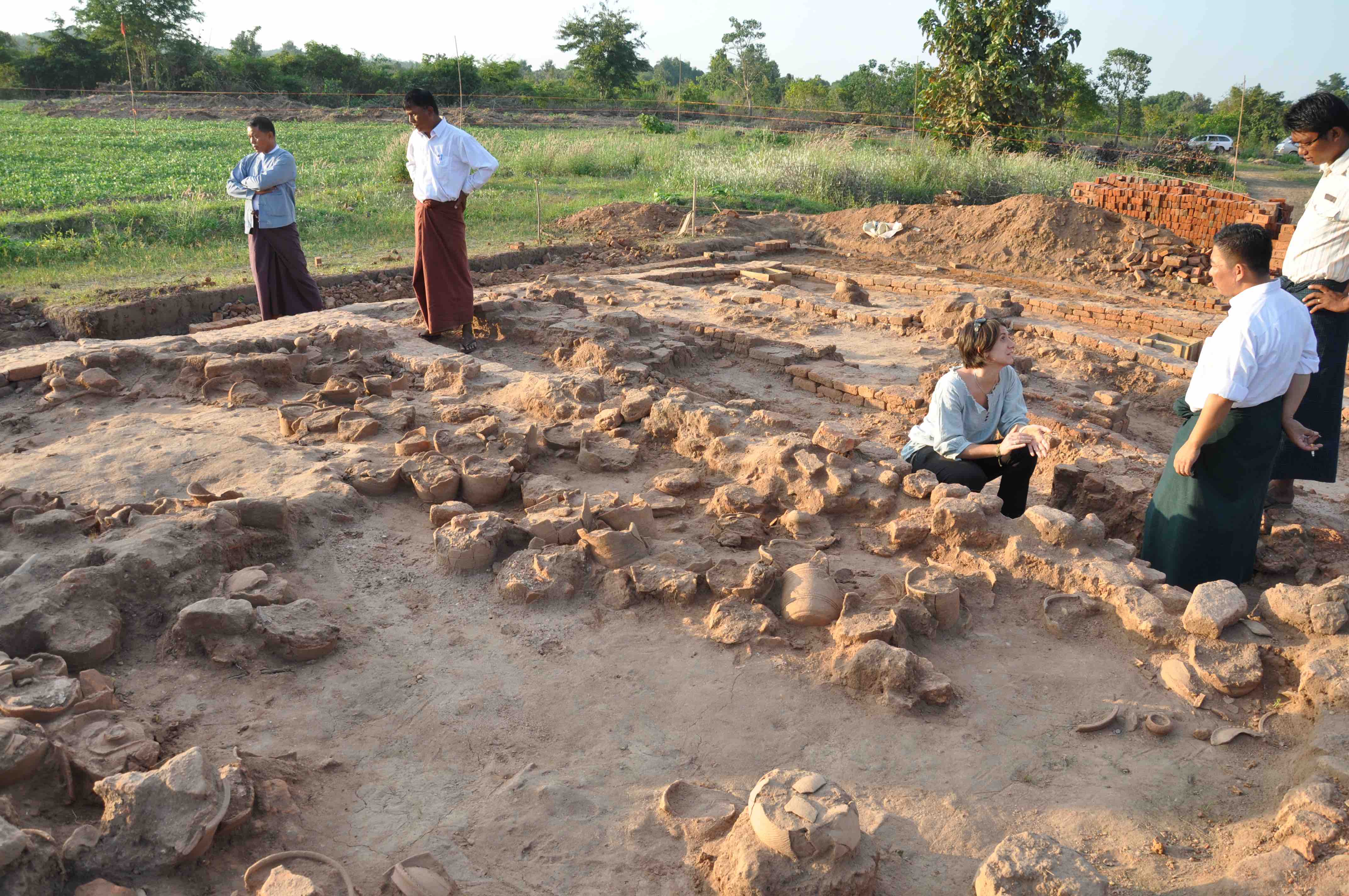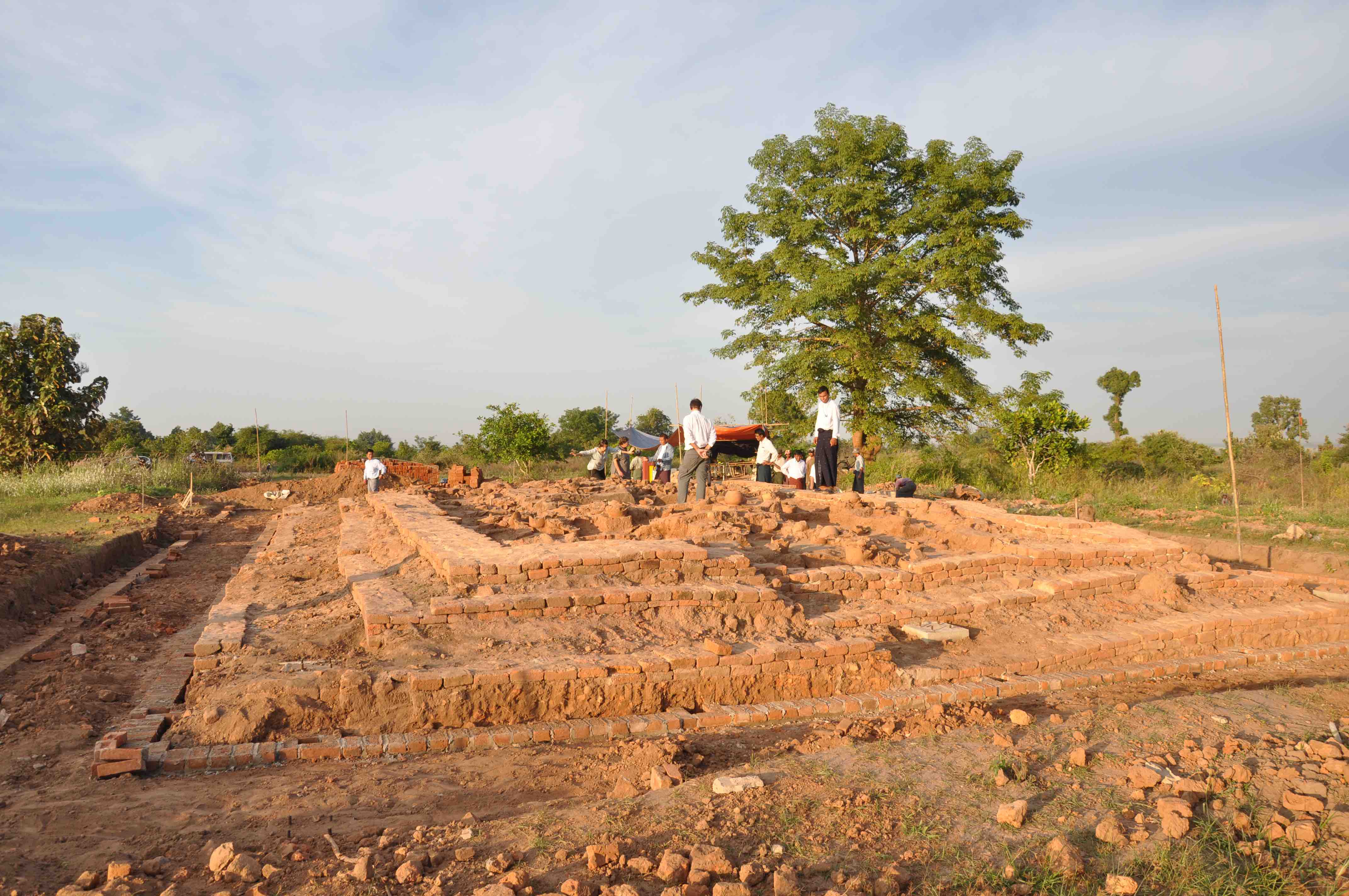The Foundation is a non-profit organization established and legally recognized in 1947, at Politecnico di Milano, founded thanks to the commitment of Eng. Carlo Maurilio Lerici. It is an Institute under the High Supervision of the Ministry of Cultural Heritage and Activities. The statutary bodies are the President, the Director, the Administration Board (composed by 5 members), the Board of Auditors (3 members), and the Scientific Board (5 members).
The intense prospecting activity – more than 800 campaigns carried out in Italy and abroad, has provided a world unique wealth of experiences and a specialized archive. From 1996 the activity of the Foundation has mainly focused onto multi-disciplinary UNESCO projects in South-East Asia, where it contributed significantly to the nomination as World Heritage of the following sites: Wat Phou in Laos (2001), My Son in Vietnam (1999), Pyu Cities in Myanmar (2014).





